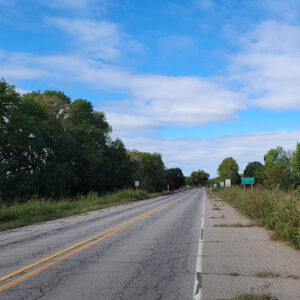 Entering Caulksville
Entering Caulksville
Entry Category: Counties, Cities, and Towns - Starting with C
 Entering Caulksville
Entering Caulksville
Caulksville (Logan County)
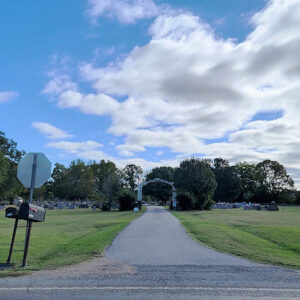 Caulksville Cemetery
Caulksville Cemetery
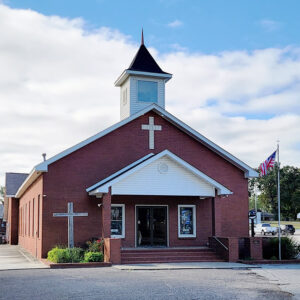 Caulksville Church
Caulksville Church
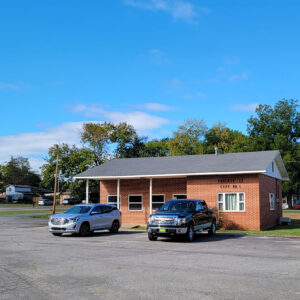 Caulksville City Hall
Caulksville City Hall
 Caulksville Street Scene
Caulksville Street Scene
Cauthron (Scott County)
Cave City (Sharp and Independence Counties)
 Cave City High School
Cave City High School
Cave Springs (Benton County)
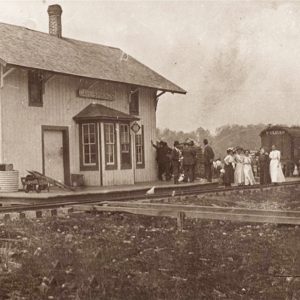 Cave Springs Depot
Cave Springs Depot
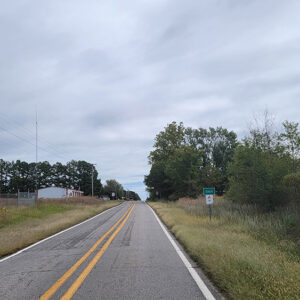 Entering Cecil
Entering Cecil
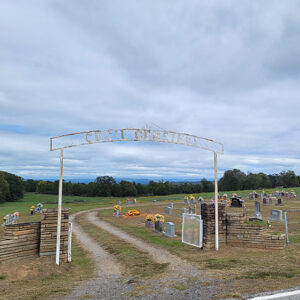 Cecil Cemetery
Cecil Cemetery
 Cecil Fire Department
Cecil Fire Department
Cedar Creek (Scott County)
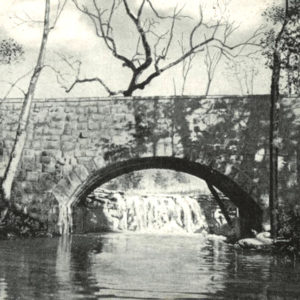 Cedar Creek Bridge
Cedar Creek Bridge
Cedar Glades (Garland County)
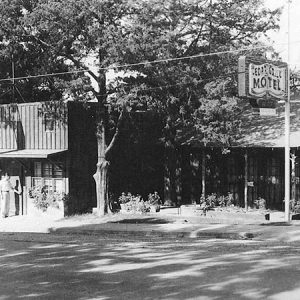 Cedar Grill
Cedar Grill
Cedar Grove (Independence County) [Northeast]
Cedar Grove (Independence County) [Southwest]
Cedarville (Crawford County)
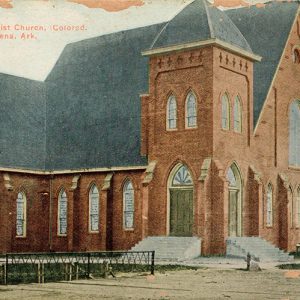 Centennial Baptist Church
Centennial Baptist Church
 Center Hill Cemetery
Center Hill Cemetery
Center Point (Clark County)
Center Point (Howard County)
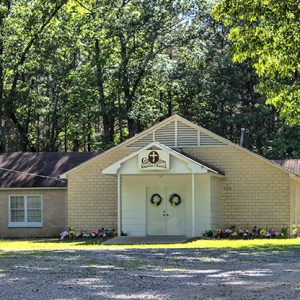 Center Point Baptist Church
Center Point Baptist Church
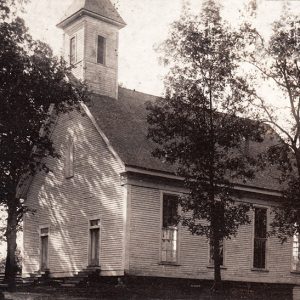 Center Point Methodist Church
Center Point Methodist Church
 Center Point School
Center Point School
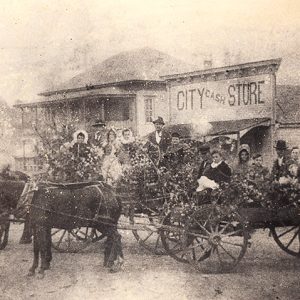 Center Point Street Scene
Center Point Street Scene
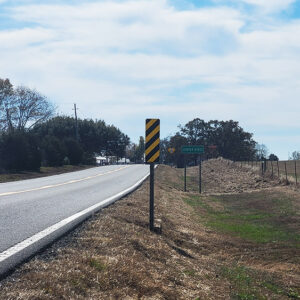 Entering Center Ridge
Entering Center Ridge
Center Ridge (Conway County)
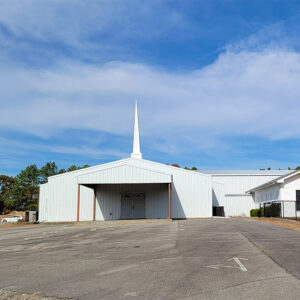 Center Ridge Church
Center Ridge Church
 Center Ridge Cotton Gin
Center Ridge Cotton Gin
 Center Ridge Fire Department
Center Ridge Fire Department
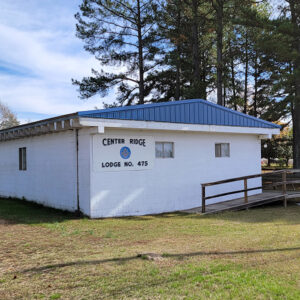 Center Ridge Masons
Center Ridge Masons
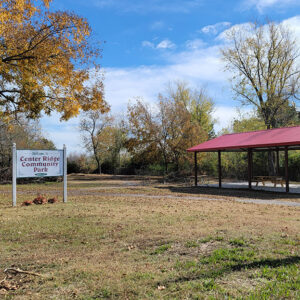 Center Ridge Park
Center Ridge Park
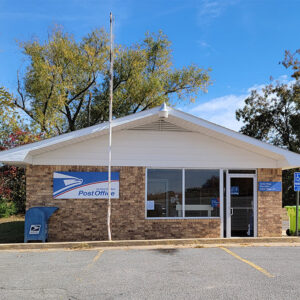 Center Ridge Post Office
Center Ridge Post Office
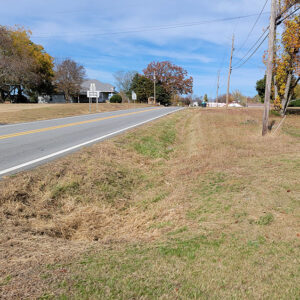 Center Ridge Street Scene
Center Ridge Street Scene
Centerton (Benton County)
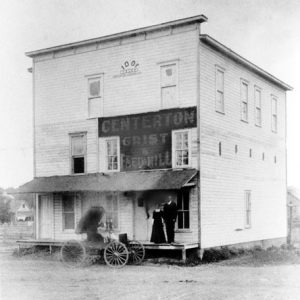 Centerton Grist and Feed Mill
Centerton Grist and Feed Mill
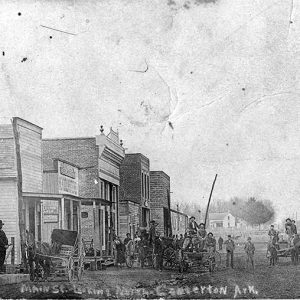 Centerton Street Scene
Centerton Street Scene
Central (Hot Spring County)
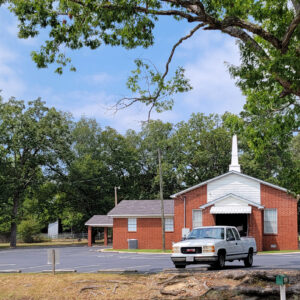 Central Church
Central Church
Central City (Sebastian County)
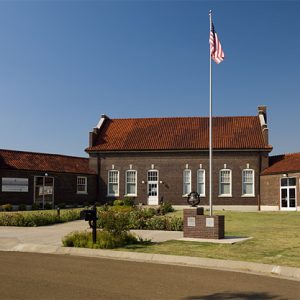 Central Delta Depot Museum
Central Delta Depot Museum
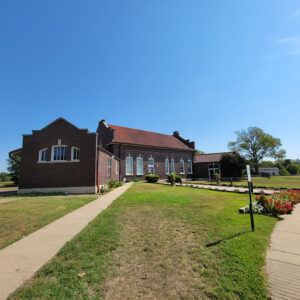 Central Delta Depot Museum
Central Delta Depot Museum
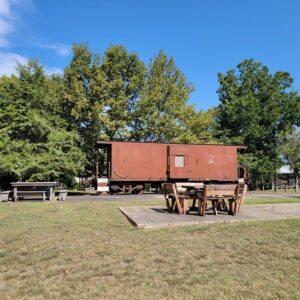 Central Delta Depot Museum Train
Central Delta Depot Museum Train
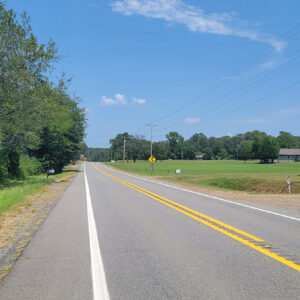 Central Street Scene
Central Street Scene
 Central Street Scene
Central Street Scene




